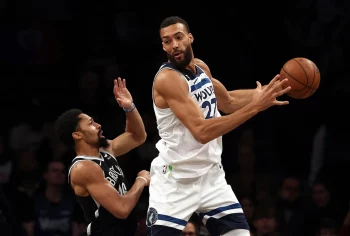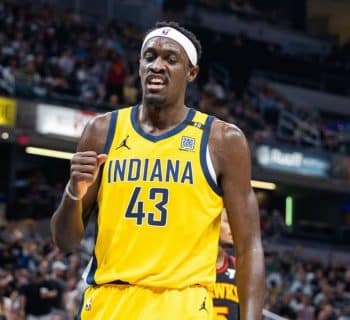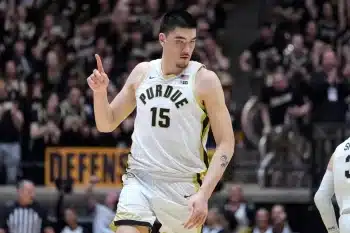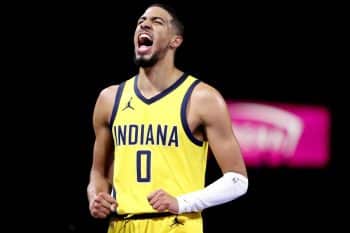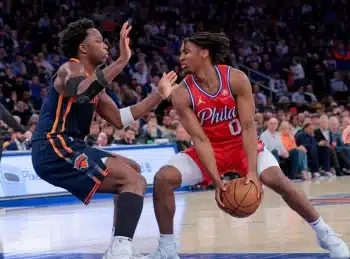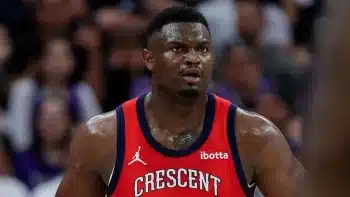NBA
Where Do NBA Teams Go From Here?

With several players moving on from long-term or even career-long situations, we are reminded even more than usual about just how much of a business the National Basketball Association truly is. While guys like Kevin Durant, Dwyane Wade and Al Horford have already changed locations via free agency, it is always intriguing to see the amount of scrutiny and criticism aimed at players for finally making the best choice for themselves compared to the general ‘understanding’ organizations are often granted when forced to make decisions with their best interests are at heart. That isn’t to necessarily criticize the individuals that comprise the most die-hard of fan bases – although, folks really need to let the highly questionable jersey burning past time go at this stage – as a certain level of vitriol and heartache is expected when fans are emotionally invested.
That isn’t even intended to come across as critical of those questioning the direction of the NBA from a competition standpoint, because there are legitimate concerns about what the league might look like five or so years down the road if the current trend of star players aligning themselves in groups of other star players continues. Those 1960s Boston Celtics teams (the 1962-63 team had nine Hall of Fame players) were undoubtedly incredible to appreciate or cheer for if you either lived in or had roots from the greater New England area, but probably weren’t all that fun for the rest of the league.
Outside of 1967, when Wilt Chamberlain’s Philadelphia 76ers defeated Rick Barry’s San Francisco Warriors, the Celtics absolutely dominated the decade. This is clearly the fear many NBA fans have about the potential for today’s Golden State Warriors and perhaps the Cleveland Cavaliers essentially doing the same for the duration of this current decade. That concern is absolutely valid. It’s just that it isn’t solely on the players for electing to take advantage of a system that significantly limits movement for what is essentially the first half of a career.
Atlanta was able to rebound from Horford’s departure by bringing in what could be considered their biggest free agent since Joe Johnson signed with the team back in 2005. Regardless of what you think of Dwight Howard on a personal level, he can still be an effective enough player on the defensive end. If Coach Mike Budenholzer can get him to remain focused on what the team needs and somehow recapture his ability to be a devastating partner in the pick-and-roll, then Atlanta might really be cooking with hot grease in 2016-17.
Whatever went wrong with the connection between Wade and the organization/city he loved and called home for 13 years is beyond significant at this point, but in the grand scheme of things both parties might actually be better off with the way things turned out. Regardless of when Wade decides to hang them up, he’ll undoubtedly enter the Hall of Fame as the “HEAT-lifer” many claimed he absolutely would be. From the titles to the endless string of big moments he provided for the HEAT, Wade’s place among and perhaps atop the proverbial Southern Florida sports pantheon is etched in stone. It would also be fun to see the HEAT raise a second “Chicago Bull” jersey into the rafters since Michael Jordan’s #23 also resides there.
The HEAT managed to avoid the limitations and issues that can arise when you pay your aging stars “legacy contracts” to close out their careers. Not only did team president Pat Riley and the HEAT have a recent example of such a practice from Los Angeles and the Kobe Bryant situation, they also benefited from having a 27-year-old Hassan Whiteside presumably ready to take the proverbial baton from Wade’s vacated locker space; a luxury the Lakers simply didn’t have three years ago. By allowing Wade to take his talents back to his hometown of Chicago, the HEAT can now hit the ground running as they attempt to draw or acquire more talent to surround and support Whiteside with.
To their credit, the Lakers do appear to have one of the league’s most promising, young cores moving forward, and still clearly have several options to choose from as they continue the rebuilding effort. It is important to recognize that discussing these options isn’t, necessarily, endorsing one idea over the other. There’s certainly a faction of the fan base and perhaps even within the front office that happens to be working on a self-imposed deadline that would prefer to see them push the fast-forward button when it comes to returning to glory, but if the Lakers are truly set on becoming a destination capable of attracting star players, then perhaps a bit of consistency and at least the slightest semblance of roster continuity might be the answer as you continue to develop this core.
Besides, the idea of the Lakers trading off a majority of their assets in order to acquire a soon-to-be free agent (next summer) in Russell Westbrook when you would, at the very least, need some of them to either play alongside or eventually be packaged for other talent makes little to no sense. Remember when the New York Knicks decided to trade away all those assets to acquire a soon-to-be free agent in Carmelo Anthony about five years ago when he really wanted to play in the market? Yeah, well don’t follow that blueprint when you don’t have to.
If Westbrook is truly interested in helping to restore the Lakers back to some form of respectability, which has merely been unsubstantiated rumors at this stage, then the idea should be to continue to develop the talent you have in order to make the destination as attractive as possible for him or anyone else. Also, what good would it be to have Westbrook (and nothing else) in a conference, hell, a division with Durant and the ridiculous Warriors lineup that he just took to video game levels? Again, while it is far from a guarantee Westbrook or any top-level player would consider joining a team that isn’t laced with talent ready to seriously compete in the immediate, it does seem more likely to take place if the team has a ton of assets to maneuver or ultimately work with.
Teams like the aforementioned HEAT, Celtics or even the Hawks might feel like they have a chance to compete with the top teams with a bit of player development and perhaps another transaction or two, but for the Lakers and any of the other 22-25 or so teams with realistically no shot at winning a title next year, growth from within as you wait for the absolute opportune moment to strike along the way has to be the plan. Not that you shouldn’t continue to do everything within your power to remain competitive – even during this period of star imbalance – but given the odds stacked against so many teams, there is no reason to sacrifice your long-term goals for what would likely only amount to more regular season success. Essentially, unless you’re in the mix of teams that appear most prepared to challenge for the next couple titles, you might as well bide your time while continuing to cultivate and develop the players you do have.
